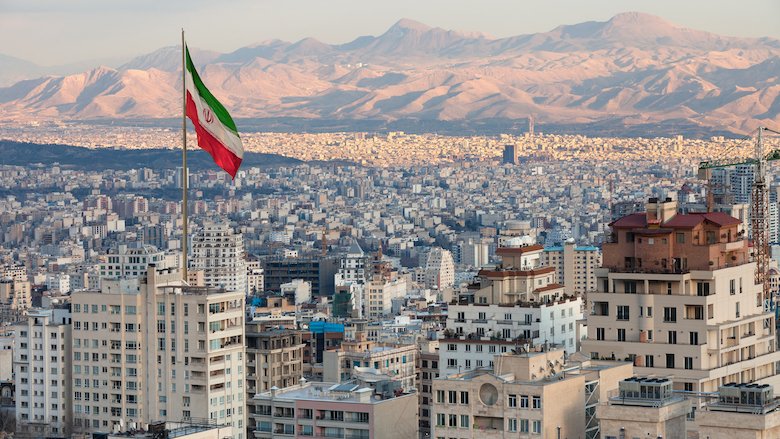Iran’s economy continues its gradual recovery that started in mid-2020, driven by the oil sector and services. However, water and energy shortages led to a contraction of the agriculture and industry sectors. Only a third of the pandemic-period jobs losses have so far been recovered. Oil revenue shortfalls led to a growing budget deficit, adding to inflationary pressures through the government’s
deficit financing operations.
Recent Developments
Iran’s economy is slowly emerging from a decade-long stagnation bogged by two rounds of economic sanctions, marked oil price cyclicality, and the COVID-19 pandemic. Despite adjustments that partially mitigated the impact of external shocks, the economy remains constrained by widespread inefficiencies and price distortions that have contributed to the economy’s subpar performance. While social protection measures partly mitigated pressures, the lack of targeting and inflation indexation reduced their impact over time. Furthermore, climate change challenges in Iran have hurt growth, especially in labor-intensive agriculture and industry sectors, following record high temperatures and low rainfalls. These factors constrain the pace of recovery and the dynamism of the economy in the outlook.
Outlook
Average GDP growth is projected to remain modest in the medium term as the economy remains constrained by the continued impact of the pandemic through weaker domestic and global demand, while trade, especially oil exports, remains restricted by ongoing sanctions. Iran’s economic outlook is subject to significant risks. On the upside, further increase in oil prices can directly boost fiscal revenues and indirectly lead to a faster growth in oil export volumes. Downside risks relate to the resurgence of new COVID-19 variants, worsening climate change impact, and heightened geopolitical tensions including the war in Ukraine’s impact on global food prices and Iran’s imports.
